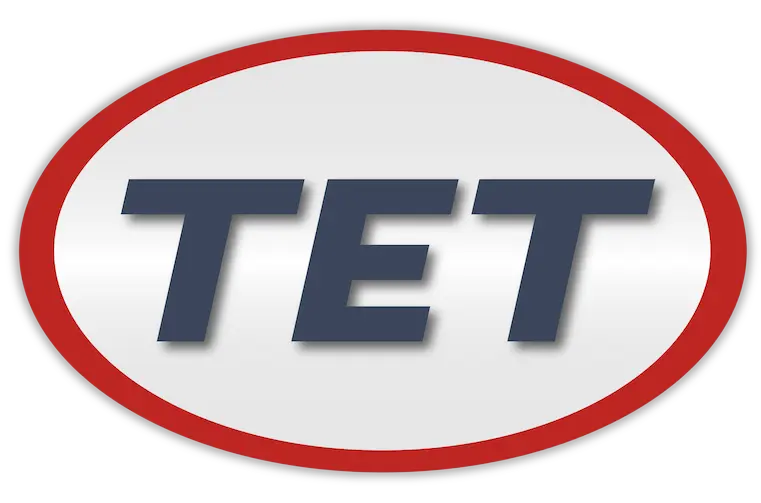TOOTH SHAPE : HIGH SPEED SAW BLADE
HIGH SPEED SAW BLADE , In tooth production Julia uses only CNC machines with a CBN grinding wheel to obtain a very low surface roughness that guarantees excellent chip removal, and avoids material sticking to the cutting surface of the gullet. Our technicians can advise on the best tooth shape for each specific application.

Tooth shape A is normally used on fine toothing (<T3) for applications such as brass alloy cutting, jewellery and screw slotting.

Tooth shape B is normally used for thin-walled pipes and the cutting of structural shapes, especially where chip removal is not an issue.

Tooth shape AW, unlike type A, is alternately bevelled, thus optimizing chip shredding. It is particularly suitable for precision cutting.

Tooth shape BW is primarily used for cutting pipes and sections. The tooth is alternately bevelled at 45°, breaks the chip in two and guarantees good chip evacuation.

Tooth shape C is used for solid sections or very thick pipes. The chip is shredded into three parts due to the presence of both a finishing tooth without chamfer and a pre-cutting tooth (longer than 0.25 mm) with two chamfers on each side.

Tooth shape BR has been successfully introduced for cutting pipes. It has double the number of cutting edges and guarantees a higher number of cuts and a better finish to the section. It also improves tool durability by about 20% because it reduces the removed section per each single sharpening.

 ไทย
ไทย English
English


